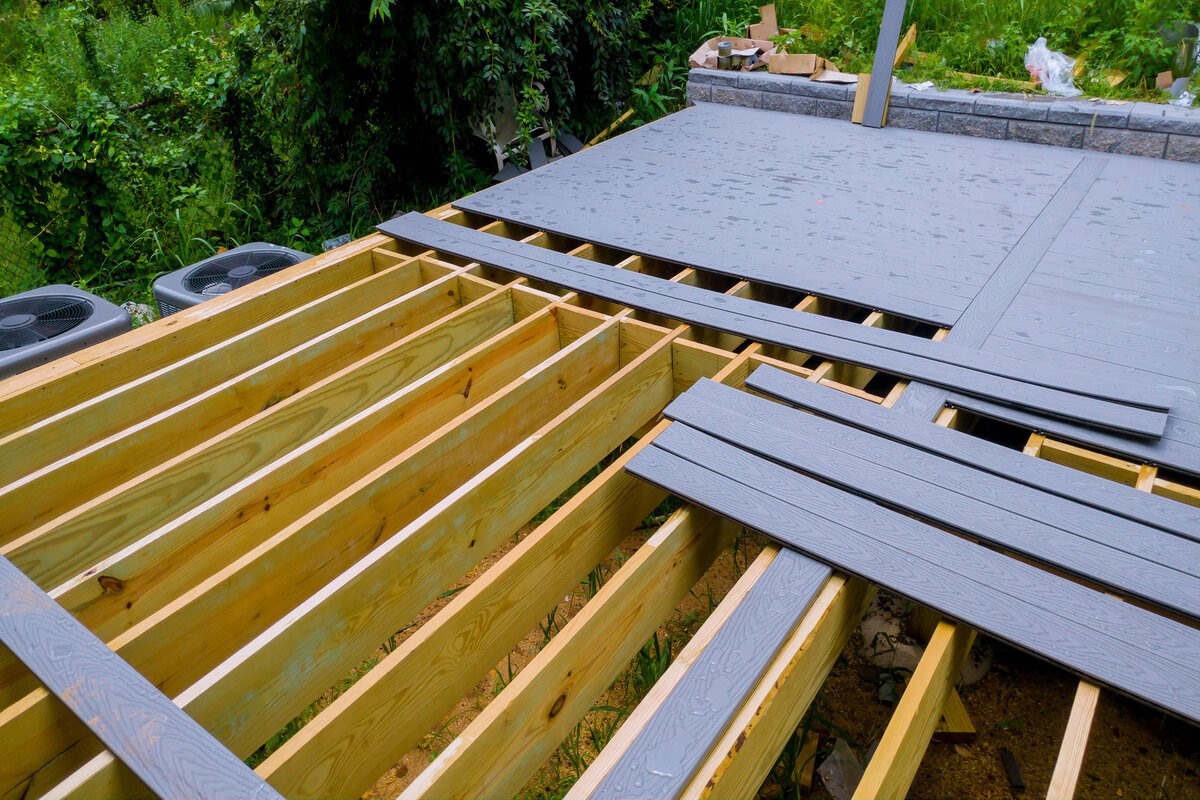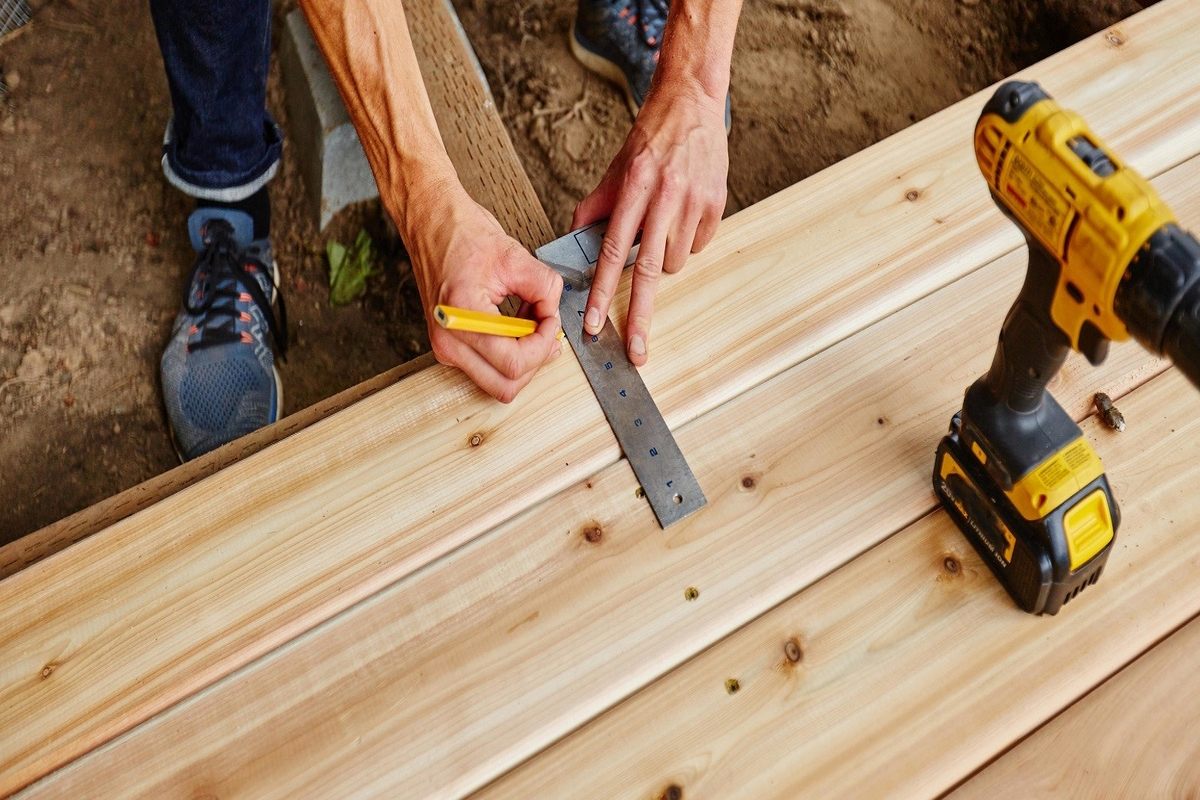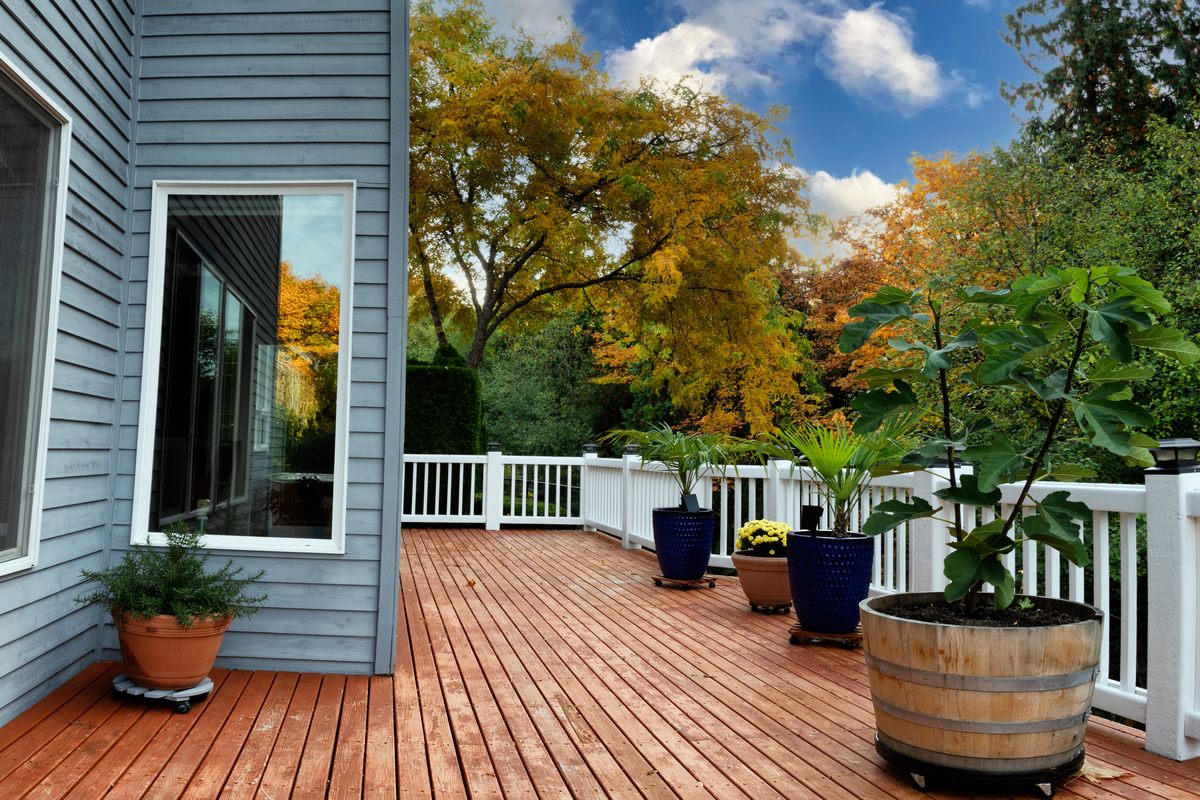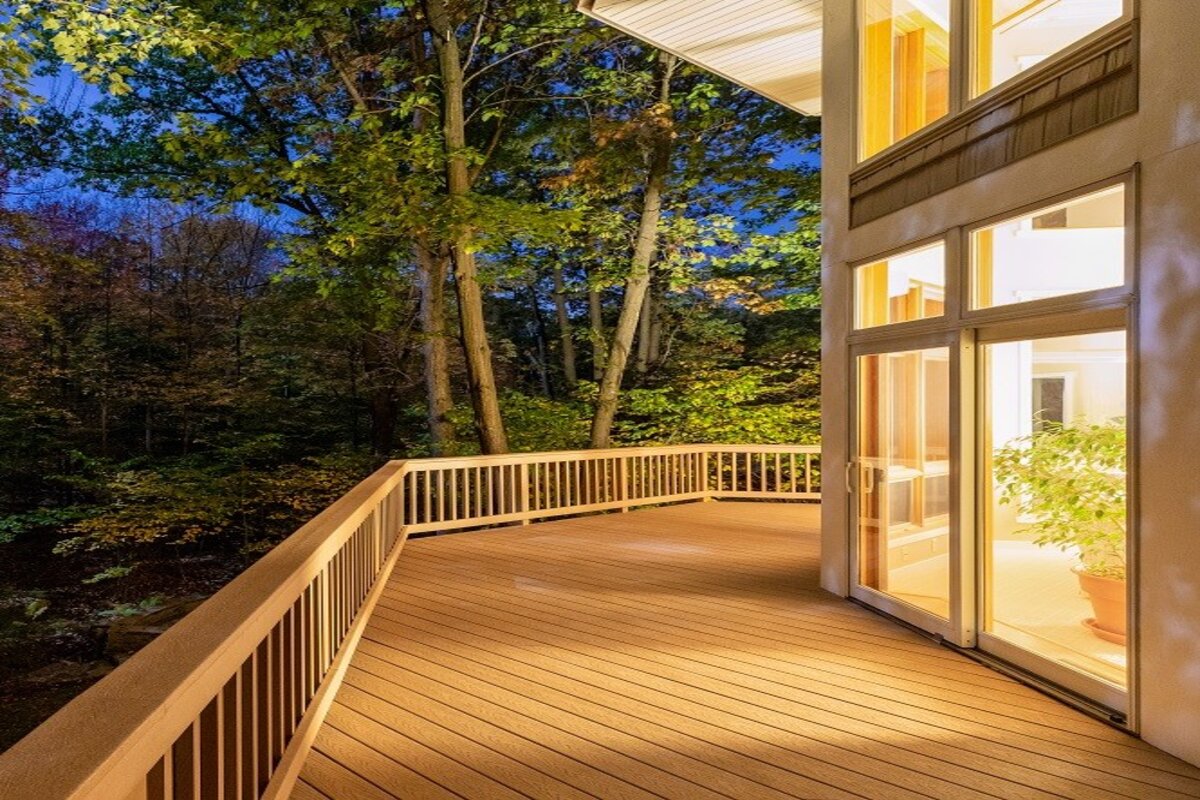Composite decking has gained immense popularity in recent years due to its outstanding durability, minimal maintenance requirements, and attractive aesthetic appeal, making it a top choice for outdoor spaces. However, despite its many advantages, a common concern among homeowners and contractors alike is the potential for decking boards to warp over time. In this article, we’ll explore the factors that contribute to composite decking warp, effective methods for preventing it, and practical solutions to address warping if it occurs.
What is Composite Decking?
Composite decking typically consists of a blend of wood fibers and plastic materials. While it boasts resistance to rot, decay, and insect damage, it is not entirely immune to warping. Unlike natural wood, composite decking may warp due to various factors such as improper installation, temperature fluctuations, and excessive weight.
Factors Contributing to Warping
- Installation Errors: Proper installation is crucial to prevent decking boards from warping. Inadequate spacing between joists, incorrect fastening methods, and insufficient ventilation can lead to uneven expansion and contraction, resulting in warping.
- Temperature and Moisture: Composite decking can expand and contract with changes in temperature and humidity. Excessive heat or moisture exposure, especially in regions with extreme climates, can exacerbate the risk of warping.
- Weight Distribution: The weight placed on the decking surface also plays a role in its stability. Heavy furniture, large gatherings, or concentrated loads in specific areas can stress the boards, causing them to warp over time.
Prevention Strategies
- Proper Installation: Ensuring correct joist spacing, fastening methods, and adequate ventilation during installation minimizes the risk of warping. Following manufacturer guidelines and using recommended hardware is essential.
- Temperature and Moisture Control: Implementing measures to control temperature and moisture levels, such as providing adequate drainage, using breathable underlayment, and applying appropriate sealants, can help mitigate warping.
- Weight Distribution: Distributing weight evenly across the decking surface by avoiding concentrated loads and using furniture with broad bases helps prevent excessive stress on individual boards.
Solutions for Warped Decking
If warping occurs despite preventive measures, several solutions can rectify the issue:
- Inspection: Assess the extent of warping to determine if individual boards or the entire deck surface is affected.
- Replacement: In cases of minor warping, individual boards can be replaced to restore the deck’s appearance and functionality. Ensure replacements match the original decking material and color.
- Reinforcement: Reinforcing the substructure with additional joists or support beams can alleviate stress on warped boards and prevent further deformation.
- Professional Assistance: Seek guidance from decking experts or contractors experienced in composite materials for comprehensive solutions tailored to your specific situation.
In Summary
While composite decking offers numerous benefits, including resistance to warping, it’s essential to address potential issues proactively. By understanding the causes of warp and implementing preventive measures during installation and maintenance, homeowners can enjoy their composite decks for years to come. Remember, proper care and attention to detail go a long way in preserving the integrity and aesthetics of your outdoor living space.
If you encounter any concerns regarding composite decking warp, don’t hesitate to contact us for expert advice and assistance tailored to your needs.






